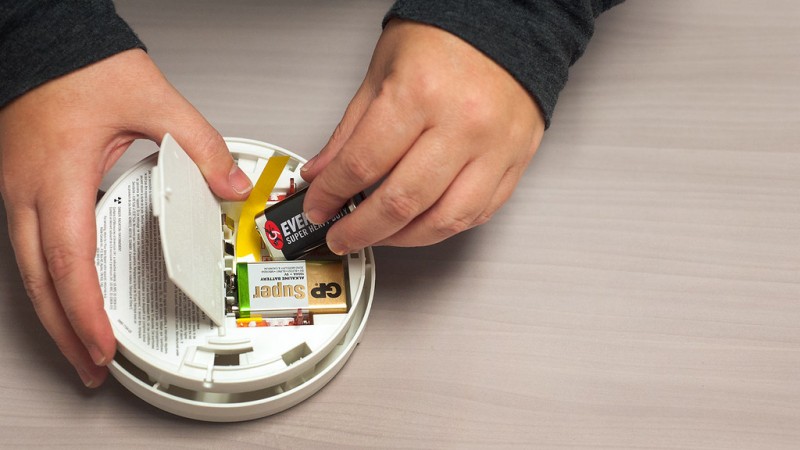
In the realm of home safety, smoke detectors are an absolute must-have. These unassuming devices are the unsung heroes that guard your loved ones and property against the devastating effects of fire. Yet, many people overlook a crucial aspect of their maintenance – replacing the batteries. In this article, we'll dive into the vital question of when to replace smoke detector batteries and shed light on why timely battery changes are paramount for your family's safety.
The Lifesaving Role of Smoke Detectors
Understanding the Importance of Smoke Detectors
Smoke detectors stand as the first line of defense against fire-related emergencies. These electronic sentinels are designed to detect the presence of smoke, sounding an alarm that provides precious time to evacuate and call for help.
The Crucial Role of Batteries
While the mechanism of smoke detectors is ingenious, it heavily relies on functional batteries. Batteries power the detector's alert system, ensuring that the alarm can be heard when it matters most.
The Clock Is Ticking: When to Replace Batteries
Recommended Battery Replacement Frequency
Smoke detector batteries should be replaced regularly to ensure reliable performance. A general rule of thumb is to change the batteries at least once a year. This simple practice guarantees that your detector remains in peak condition.
Special Considerations
Certain scenarios necessitate more frequent battery replacements. Homes in areas with high humidity, extreme temperatures, or airborne pollutants might require battery changes every six months. Additionally, if your smoke detector emits a low-battery chirp, replace the batteries immediately.
Daylight Saving Time Reminder
A convenient way to remember the battery replacement task is to coincide it with daylight saving time changes. As you set your clocks forward or backward, also replace the smoke detector batteries. This practice ensures that you stay on top of this essential maintenance.
DIY Battery Replacement: A Step-by-Step Guide
Step 1: Gather Your Supplies
Before you begin, make sure you have fresh batteries on hand. Most smoke detectors use 9-volt batteries, while some newer models use lithium batteries for extended life.
Step 2: Locate and Access the Detector
Remove the smoke detector from its mounting bracket by twisting it counterclockwise. This action will disengage the device, allowing you to access the battery compartment.
Step 3: Remove Old Batteries and Insert New Ones
Carefully remove the old batteries from the compartment. Be sure to follow the correct polarity when inserting the new batteries – match the positive and negative ends as indicated. Close the compartment securely.
Step 4: Test the Detector
Once the new batteries are in place, reattach the smoke detector to its mounting bracket. Press the test button to ensure that the device is functioning correctly. You should hear a loud, distinct sound.
The safety of your family and home relies on the proper functioning of your smoke detectors. Remember, replacing the batteries is a small yet vital task that can make a monumental difference in a life-or-death situation. By adhering to the recommended battery replacement schedule and staying vigilant to any signs of low battery, you're taking a proactive step towards safeguarding your loved ones and property.
Tamil Actor Mohan Tragically found dead on the Streets of Madurai
How to Build a Custom PC for Gaming or High-Performance Tasks
SC Stays Rahul Gandhi's Conviction in 'Modi Surname' Defamation Case